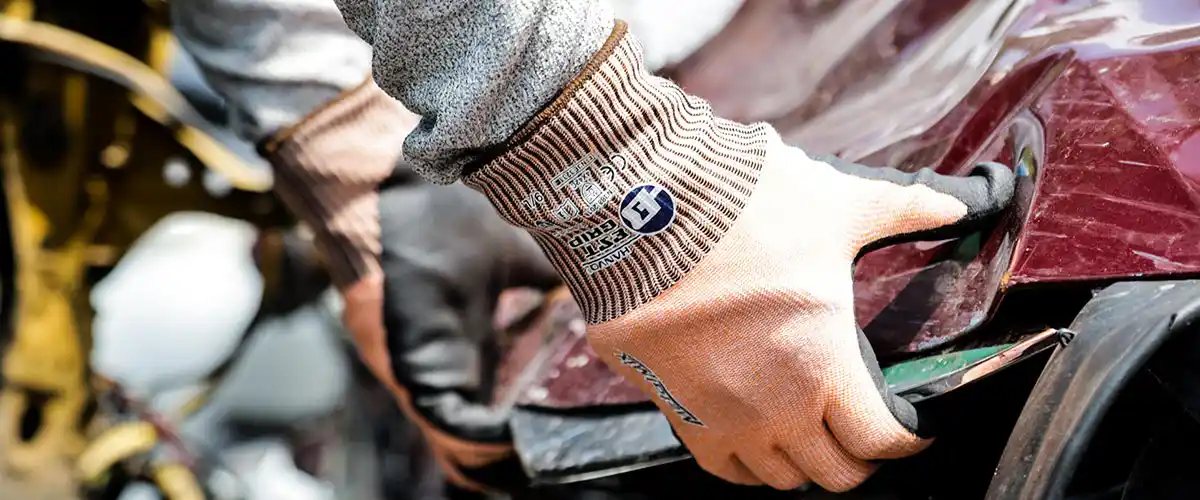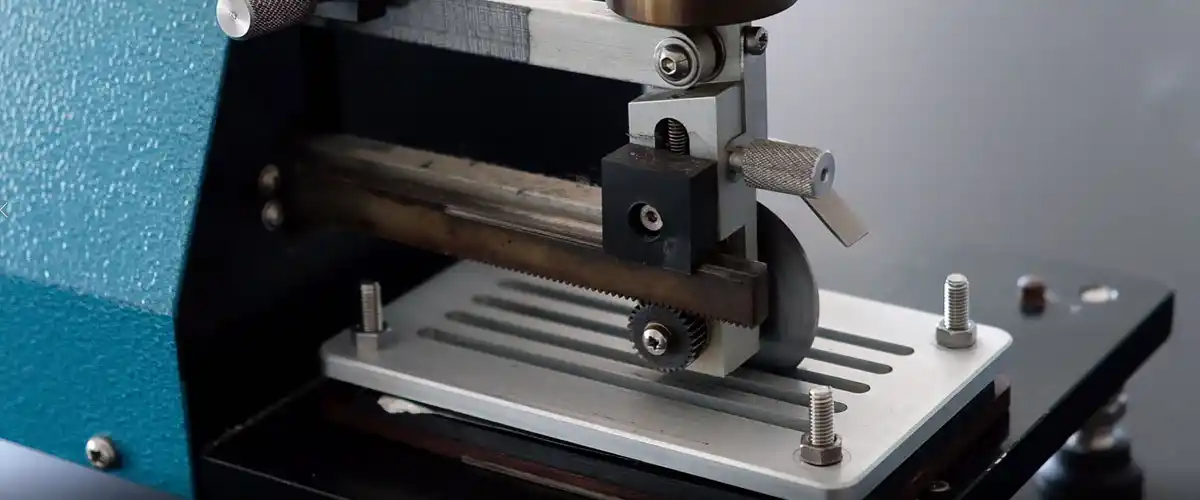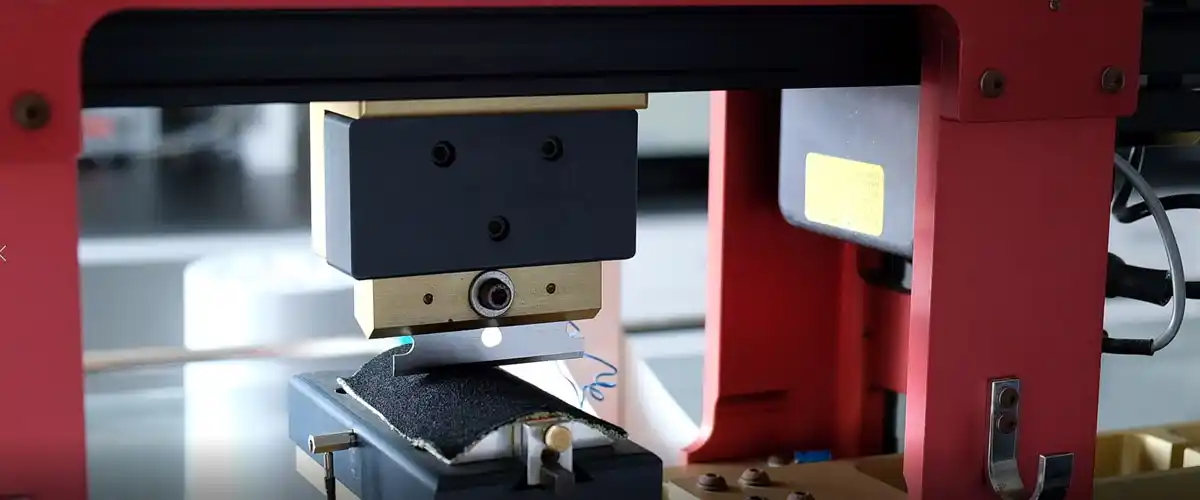

We at Soft Touch are convinced that there is at least one glove for every task. A glove should protect against risks while making the job easier and more comfortable. However, there are many different models to choose from, which means that it can feel quite difficult to choose the right one. With this guide, we want to provide answers to the most common questions we get when it comes to choosing cut protection gloves.
Did you know that there are on average around 3,500 accidents where people injure their hands every year? The injuries are caused by sharp objects and sharp edges according to a report from the Work Environment Agency in 2017. This means that every working day there are approximately 14 cuts that are so serious that the person needs to take sick leave (source). There are many ways to prevent cuts and one of them is to simply use cut protection gloves. If you handle sharp objects or tools with sharp edges in your work, it may be a good idea to invest in a pair of good cut protection gloves. For safety´s sake.
To understand how gloves protect us against cuts, it is easiest to understand how they are tested and how they get different values ??for cut protection levels. The most common standard for testing gloves and their protection against mechanical risks is EN388 which is a European standard. In second place comes the American standard ANSI / ISEA 105. Some gloves may have the protection specified for both the European and the American standard. Although similar, both aim to provide as fair a representation of cut protection levels as possible.
EN388 tests gloves´ protection against mechanical risks such as abrasion resistance, cut protection, tear resistance, puncture resistance, cut protection ISO13997 and impact protection. In this guide, we focus on cut protection that comes in two tests, the test with a round knife blade and the new ISO13997 test with a straight knife blade.

EN388 test with round blade:
The glove is exposed to a round knife blade at constant speed and pressure. The number of cutting movements is counted until the glove has been cut through. The more cutting movements the glove can handle, the higher the protection value, which is defined by comparing it with test results from a reference sample. This index is graded from the lowest protection level 1 to the highest protection level 5.
EN388 straight blade test or ISO13997:
In 2016, a new test was introduced that is considered better able to represent real situations in workplaces. Here, the glove is subjected to cutting movements with a straight knife blade under varying pressure. After each cutting movement, the knife blade is replaced with a new one and the pressure is increased. The more force required to cut through the glove, the higher the level of protection it receives. The lowest protection level is A and the highest level is F.

The American ANSI 105 standard has only one test to indicate the cut protection level of the glove. The test method is called a Tomodynamometer test (TDM) and is actually the same as the EN388 ISO13977 straight blade test. The only difference is that the force is measured in grams instead of Newtons and that there are more levels. Cut protection levels range from A1, which is the lowest, to A9, which is the highest level of protection. ANSI 105 and EN388 ISO13997 can be directly compared to each other to obtain the corresponding protection levels in the different standards.
| EN388:2016 | Test value (newton) | Converted value (grams) | ANSI 105 | Test value (grams) |
| A | 2 - 4.9 | 204 -508 | A1 | 200 - 499 |
| B | 5 - 9.9 | 509 - 1019 | A2 | 500 - 999 |
| C | 10 - 14.9 | 1020 - 1529 | A3 | 1000 - 1499 |
| D | 15 - 21.9 | 1530 - 2242 | A4 | 1500 - 2199 |
| E | 22 - 29.9 | 2243 - 3058 | A5 | 2200 - 2999 |
| F | 30+ | 3059+ | A6 | 3000 - 3999 |
| A7 | 4000 - 4999 | |||
| A8 | 5000 - 5999 | |||
| A9 | 6000+ |
The need for cut protection depends entirely on the type of job you are doing. Some jobs have less exposure to sharp edges, while the risks in other jobs can be significantly higher. The protection representative has access to the company´s risk analysis, which can give you the answers you need. On some jobs, you may need to do your own risk analysis and then the cut protection risk should be one of the points to be investigated.
In general, industries can be divided as follows:
For jobs with medium risks, such as car assembly, construction or oil and gas, cut protection level C or D is normally sufficient, but depends entirely on the conditions at the workplace.
For jobs with a high risk of cutting injuries, such as heavy industry, metal and glass manufacturing, paper production or recycling, the recommendation is normally protection level E to F.
ATTENTION!
The table below, as well as all recommendations are indicative only.
The protection agent should be able to help you make a proper risk analysis.
| EN388 cut protection level | Test value | Cut risks: suggested areas of use |
| A | 2 - 4.9 newton 203 - 508g |
Light cut risks: General purpose, assembly, maintenance, warehouse, shipping |
| B | 5 - 9.9 newton 509 - 1019g |
Light to medium risks: Assembly, automotive, construction |
| C | 10 - 14.9 newton 1020 - 1529g |
Medium cut risks: Oil & gas, metal handling, light glass handling, automotive, manufacturing, construction, assembly |
| D | 15 - 21.9 newton 1530 - 2242g |
Medium to high cut risks: Manufacturing, construction, glass handling, oil & gas |
| E | 22 - 29.9 newton 2243 - 3058g |
High cut risks: Metal fabrication, construction, machining, paper production, glass manufacturing |
| F | 30+ newton 3059+ g |
High cut risks: Metal stamping, recycling plants, paper production, glass manufacturing, aerospace industry |
Different jobs and the people who perform them are highly individual. Many have probably already noticed that it is sometimes almost impossible to directly compare test results with real situations. Metal shavings are round, but can still be sharp, just like steel wire, but none of the tests in the standards can reliably simulate these risks. Therefore, it is important to remember that the protection levels of the tests are only general guidelines.
When choosing gloves, don´t just look at a specific level of protection. Instead, try to see the big picture and compare it with your own experiences, where fingertip feel, a firm grip, water and oil resistance can be equally important for you to be safe on the job.
Our best advice is to first do a round of tests with a smaller set of gloves. After evaluation, it is much easier to decide on the best choice before having to buy larger quantities. Remember that the glove with the highest level of cut protection is not necessarily the glove that is best for you and your tasks. Invest the time and effort required to choose the right one, it will really pay off in the long run.
Are you about to throw away gloves because they are sweaty and dirty? Then it´s time to think again. By washing the gloves, you can significantly extend their life, which will help you save money. The cut protection the gloves provide lasts longer than you think. It is not uncommon for industry to wash gloves 3-4 times without the gloves´ protection changing. This equates to the cost of 3-4 new pairs of gloves which means it may be a better idea to invest in higher quality gloves.
A final tip for general durability is to also look at the glove´s abrasion resistance test results. However, the most important thing is to do glove tests to be able to find the glove´s real performance and lifespan in your particular workplace.
Choosing the right glove - general guide
Guide for choosing the right winter gloves